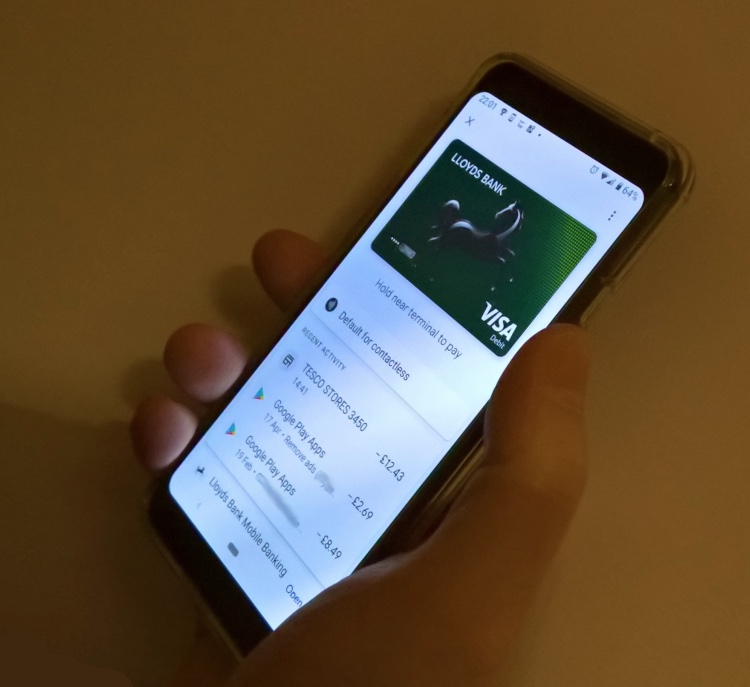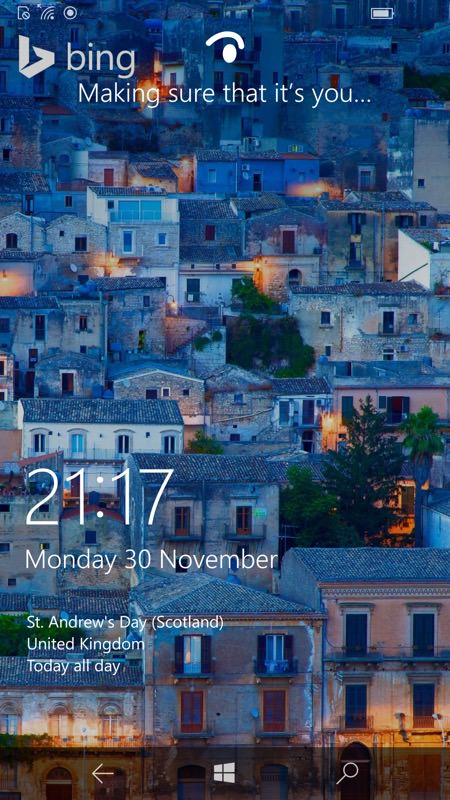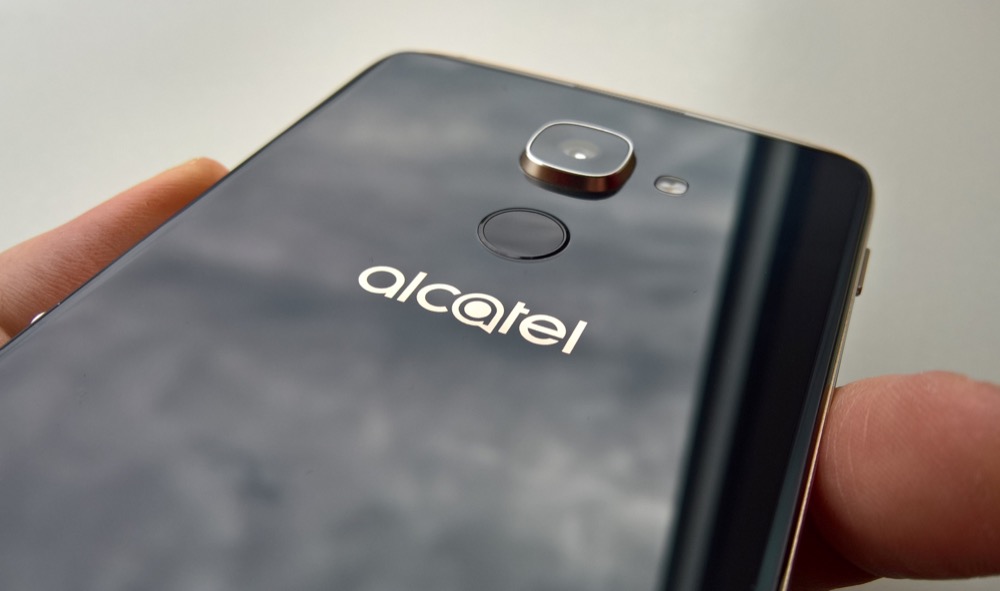Biometrics are vital in 2018. I now log into, at least on my Android smartphone (currently a Pixel 3), my bank, my building society, PayPal, my secure database/password manager, eBay, the Play Store (for purchases), authenticating direct Google Pay in shops, in addition to unlocking the phone every few minutes through the day, of course, all with a touch of my fingerprint. No passwords or user IDs needed throughout. And far, far quicker in every way.

Rewind to 2014 or so and most of this wasn't possible. Banks and building society applications still needed SMS or similar two factor authentication, my password manager and eBay weren't fingerprint-enabled, and so on. But the ex-Nokians now working at Microsoft recognised that authentication was about to become huge and they took a gamble, 'skating to where the puck was going to be' by putting a cutting edge iris recognition system into the (then) new Lumia 950 designs, with no fingerprint scanner.
It was a bold move, 'courageous' in Yes Minister speak, not least because iris recognition takes a couple of seconds in practice, even in best case scenarios where your phone and face are lined up just right. Two seconds is an eternity in practice, compared to 'near instantaneous' for a capacitive fingerprint scanner. And it was compounded by the poor adoption of Windows 10 application development at the time, so very few apps arrived that supported Windows Hello (even today, in late 2018, there are only a few dozen).


We were dubious at the time and the best apology that can be mustered is 'well, don't worry about the speed because you won't need the Windows Hello system very often as most apps don't support it!' Authentication has only become more and more used, as mentioned above. And having only an iris recognition system was a usability disaster in practice.
Now, other handsets in the Android world were also trying out iris recognition, many of the Samsung flagships in particular, and it was just as problematic and slow there - but Samsung got away with it because they also provided fingerprint scanners - which users then used instead. In the last year we've seen Apple put a very sophisticated laser-painting Face ID system into their £1000 iPhone X series - and this does indeed work as well as a fingerprint scanner, being effectively instant. But at relatively huge cost per unit built.

Back in the Windows world, following the Lumia 950 range, we then had the HP Elite x3, with a fingerprint scanner as well as an iris system. And the rear-mounted scanner worked pretty well, though the sky-high price of the handset itself meant almost zero adoption, even amidst Windows die-hards. Then there has been the Alcatel IDOL 4 Pro, effectively a flagship at a modest price and with... a fingerprint scanner. Which would have been perfect, except that Alcatel really messed up its firmware and the scanner is appallingly slow and fussy, even to this day. From placing my finger on the round pad to the IDOL 4 Pro actually being authenticated and powered on takes around two seconds, if it works, and then double that if I have to try again. And that's just not good enough. Part of the blame is at Microsoft's fault for making Windows Hello too resource intensive and with a still annoying animation confirmation, but Alcatel are to blame too.
You may think I'm exagerating the place that biometric authentication has in today's smartphone world, but I don't think I am. The thought of going back to a phone on which I had to type in passwords and step through two factor systems just to see a bank balance or log into eBay (etc.) is abhorrent. Many of us are living in a world where our fingerprint (or face) is our ID and our password, all in one go, for an increasing array of services. It's just so much faster and more convenient.
As a result, Windows 10 Mobile has been ruled out for my primary phone for the last year or so, though the decision was actually made for me by Twitter* , oddly.
So, although the failure of Windows Phone and then Windows 10 Mobile was due to a plethora of reasons, I contend that an extra factor was the decision in the Lumia 950 range's design to jump to the very unproven iris recognition rather than using a cheap and standard fingerprint scanner.**
* That's actually due to Twitter withdrawing its DM APIs from third party applications, meaning that I have no way to receive Twitter DM notifications under Windows 10 Mobile. And it drives me mad that this is the straw that broke the camel's back, as it were.
** It's possible that Microsoft was thinking ahead to Windows Hello on the Surface range. While face-based, and while this still takes a couple of seconds, logging into a full PC in this time frame counts as 'very quick' while it's a very different case on the phone!

